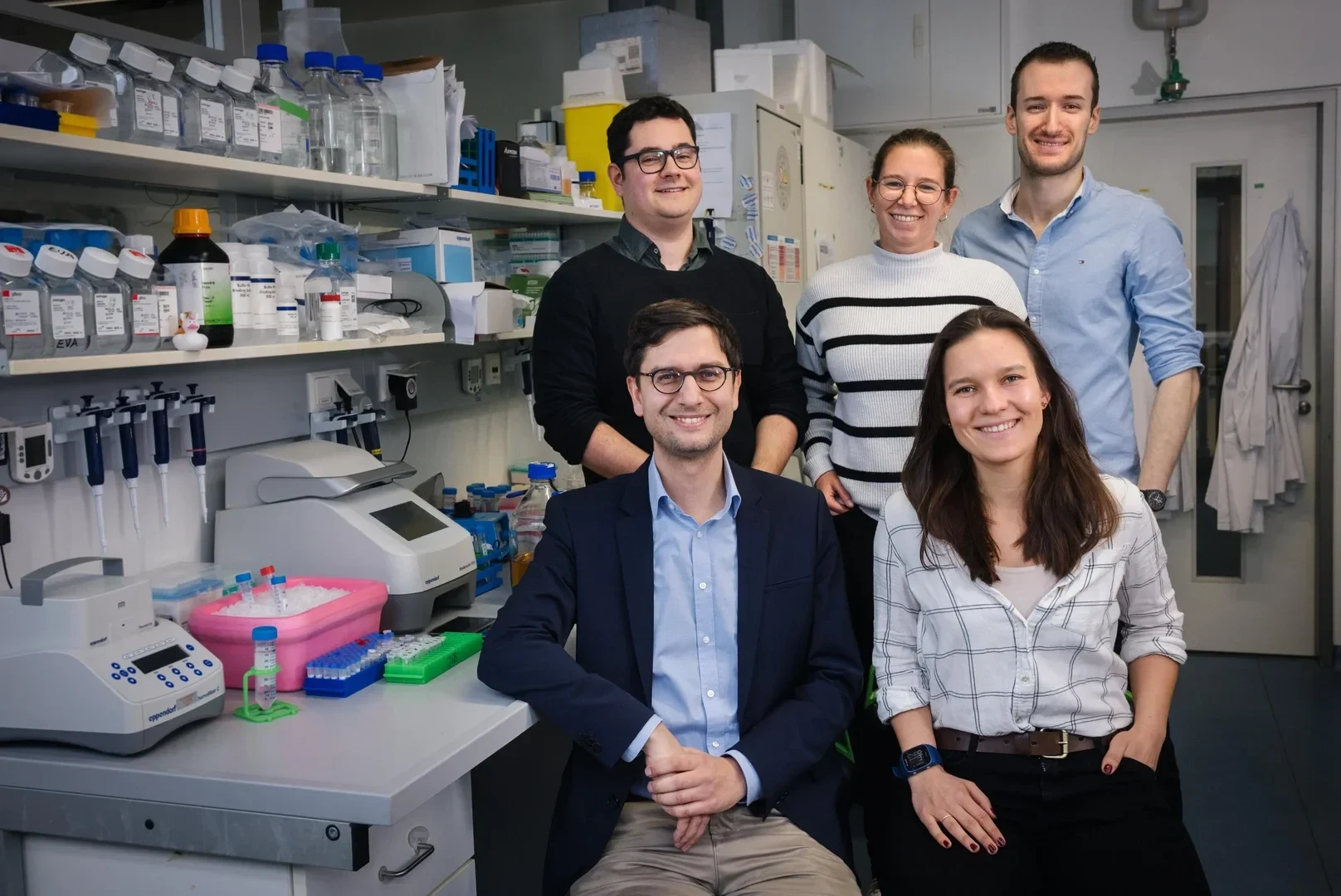Humans have around 20,000 genes. They determine how our body functions, how we develop and how cells multiply. “Certain genes are responsible for vital immune responses, for example, but are also involved in life-threatening inflammatory processes,” says Prof. Dr. Jonathan Schmid-Burgk, research group leader at the Institute of Clinical Chemistry and Clinical Pharmacology at the UKB and member of the Immunosensation2 Cluster of Excellence at the University of Bonn. “Our research interest is to identify these genes in order to better treat diseases.”
Conventional methods: high effort and limited spectrum
CRISPR screening methods can be used to systematically examine genes for their function in cells. “CRISPR is used to switch off a random gene in each cell,” explains Schmid-Burgk. “We then enrich the cells in which a specific biological process is altered, and identify the genes switched off.” This procedure is quite complex: for each process studied, a method to enrich relevant cells has to be established, e.g., using cell sorting machines. Another weak point: CRISPR screening does not work well in every cell type - human immune cells in particular often do not survive the multi-stage process.
New method: simple detection of colored cell nuclei with a microscope
The researchers from Bonn have now developed an optical CRISPR screening method that allows to identify...
